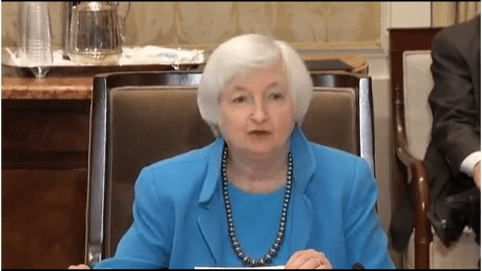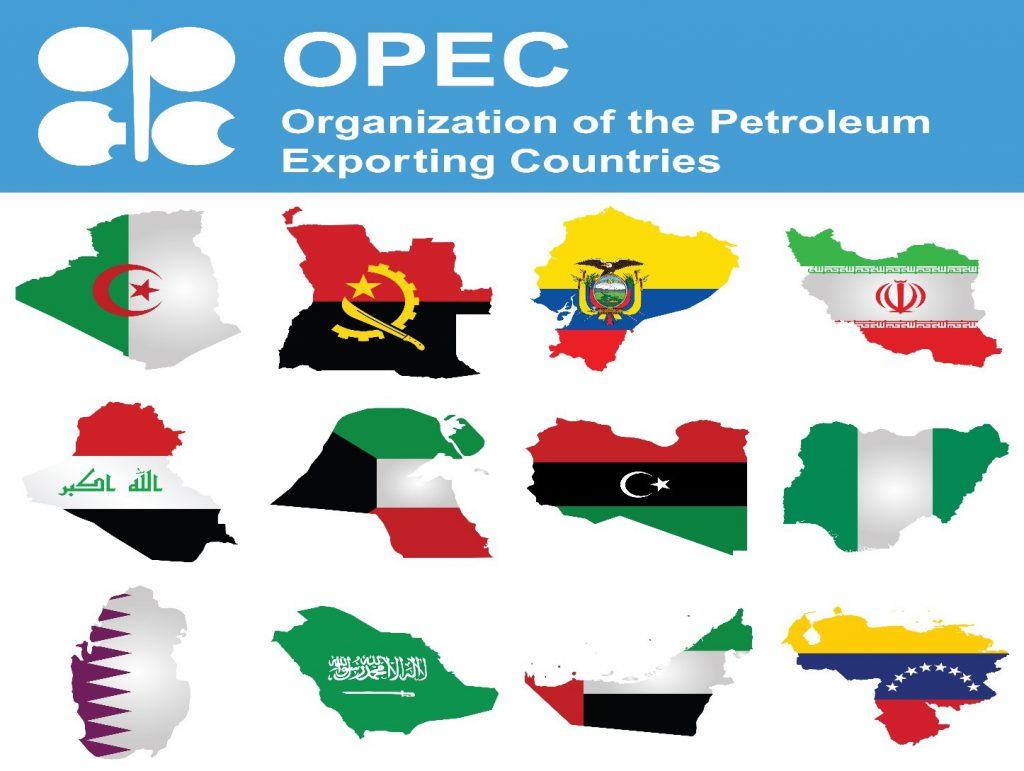BoC Governor Poloz and Deputy Governor Wilkins raid petty cash for donuts and coffee-Source Bank of Canada
Today’s Bank of Canada meeting and interest rate decision was highly anticipated, but only by the caterers supplying the donuts and coffee. Financial markets expectations were a tad lower and those expectations were met. The BoC left the target for the overnight rate unchanged at 2% and issued a neutral statement.
However, this interest rate statement comes in at the lower boundary of neutral and borders on being doveish. That’s because the BoC expects that the Alberta wildfires, which led to the evacuation of Fort McMurray and the shutdown of area oil production, will cut “1 ¼ percentage points off of real GDP growth in the second quarter”.
That could be a problem for Canadian dollar bulls. In the April Monetary Policy Report, the Bank suggested that real GDP growth would moderate to just 1 percent, blaming a slowdown in household expenditures and exports. That forecast is out the window.
The impact of the wildfires on real GDP in the second quarter points to a negative growth rate of 0.25 percent. And that number may be on the rosy side of the equation if the Canadian trade gap continues to widen and repeats the March performance. (Exports -4.8%)
Even as the Bank of Canada is idling in neutral and looking at reverse, the US Federal Reserve is popping the clutch and getting ready to shift gears.
Maybe fear the Fed
A gaggle of Fed speakers over the past few weeks appear to have taken umbrage at Wall Street’s apparent dismissal of their plans to raise interest rates at least twice in 2016, as evidenced by the current June rate hike odds of just 30%.
In fact, New York Fed President, William Dudley told CNN Money last Thursday “I was surprised that the market wasn’t taking more signals from what Fed speakers were actually saying”. This week, St. Louis Fed President, James Bullard, reportedly said that a June rate hike was not set in stone, but the labour data was favourable. Yahoo Finance wrote that on Monday, San Francisco Fed President, John Williams said the Fed is seriously weighing a June rate increase.
Federal Reserve Chair, Janet Yellen will weigh into this debate in a speech on Friday (11:30 PST). She is expected to add her voice to those warning that rate increase risks are rising. If so, the prospect of a US rate hike would be another negative for Canadian dollar bulls.
Nevertheless, there is a major risk to the above scenario. What happens if Janet Yellen goes “off-script”? Thanks to the hawkish rhetoric leading up to her speech, any deviation from the message may unleash a storm of criticism about a “divided Fed”. It has happened before and if that is the case, the post FOMC minutes US dollar rally will come to an abrupt end.

A Line in the Oil sands
It is not only the diverging interest rate outlooks that are impacting the Canadian dollar the strong rally in oil prices has had a major impact and WTI is coming to a turning point. WTI is flirting with major resistance in the $50.00-$51.00/barrel zone which if broken would lead to the $55.00-$57.00 area. A failure points back to $45.00/b.
This week’s American Petroleum Institute (API) and the Department of Energy’s EIA Crude Stocks Change data reported draw-downs of 5.1 million barrels and 4.2 million barrels, respectively. For some, that news has hung a target on the $55.00-$57.00/barrel zone.
And that would be a mistake. One veteran oil analyst points out that inventory drawdowns are normal for this time of year. He also notes that inventory data lags rig count data and rig count data lags prices. As oil prices hover around $50.00/barrel, US production declines abate.
It is also just one factor in the equation. Another issue is Opec who are meeting on June 2.
The EIA believes that Iran close to regaining normal oil export volumes aided by supply disruptions from Nigeria and to a less extent, Canada. Iran disagrees. Talk of production freezes has diminished with oil at $50.00/b and a freeze is unlikely to occur next week.
One of the main reasons is Saudi Arabia’s lack of interest. The Deputy Crown Prince, Mohammed bin Salman has publicly stated that he intends to wean the

Kingdom off of oil and has embarked on what he calls “Saudi Vision 2030.
The oil rally has been fast and steep leaving lots of room for a correction while maintain the current uptrend. At the moment, WTI oil is looking to extend gains into the $50.00/$51.00 resistance area. If that area holds it is not unreasonable to expect $$45.00-$51.00 consolidation for a few months.
The Bank of Canada is on hold. The prospect of poor real GDP growth due to the wildfires, weak exports and the wait for fiscal stimulus results will keep them that way for the next few months.
The Fed is on the verge of a rate hike, either June or July, if you believe the recent Fed speakers. Janet Yellen could confirm that speculation on Friday.
Oil prices quickly gave up their gains following Wednesday’s EIA report of a drawdown which suggests that the proximity to major resistance has led to positions being trimmed.
The outlook for higher US rates, a sidelined Bank of Canada and the prospect of oil price consolidation should limit Canadian dollar gains and drive USDCAD toward 1.3300 in the next few weeks.
By Michael O’Neil, Agility FX Analyst.






